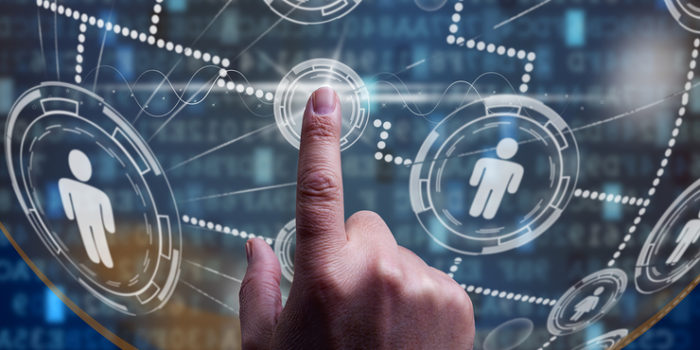I am the only hand surgeon in my practice. While I talk with my partners often about shoulder and elbow cases and provide advice for them when they are initially managing hand and wrist patients, I have no one in my practice to bounce ideas off of when it comes to hand surgery.
I think often of my upbringing in Pittsburgh, where most of my extended family – grandparents, aunts and uncles, cousins – were either local or within a few hours’ drive. My grandparents babysat me and/or my sister hundreds of times as I was growing up, and the comfort and solace and influence of family was everywhere present. Now, with small children of my own, I have an aunt and uncle not far from me, but my children’s grandparents are spread out between Pennsylvania, Chicago and Florida. We see our cousins maybe once a year, even if we can follow our lives along via Facebook and Instagram. If we need a babysitter, we hire one. Practice as a hand surgeon can be similar.
When I began practice, I had no one locally that I felt comfortable asking about cases and no partners I could curbside. Early on, my fellowship mentors were on speed dial. They still are, though I lean on them less than I once did. I am lucky that Washington, DC has an active Hand Society where the other hand surgeons in the area, academic and private, feel like colleagues and not competitors. The ASSH Listserv has helped me with many cases and made me feel like part of a community, despite only meeting members in person once a year at our yearly lunch at the Annual Meeting.
Our hand travel club, 50 members strong, is a fount of useful advice. In existence for over three years now, we have had opportunities to come together in person and discuss the way we practice, and we also maintain a listserv to discuss difficult cases. I performed a CMC arthroplasty this morning, taking the suggestion of a few of my colleagues in our hand travel club to use a McGlamery metatarsal elevator to help dissect around the trapezium. This little device, which I didn’t know existed prior to a few weeks ago, cut down the time it took me to extract the trapezium by almost 75%, and will now become part of my regular set of instruments.
It can often feel like we practice in a vacuum. Our attitudes become entrenched, our approaches to problems, sclerotic. We often don’t have spouses or friends who can share in the small delights, resonate with the difficulties, and provide the specific solace that comes from understanding exactly what it is that we do. I have been lucky enough to develop a “family” of hand surgeons with whom I can share – I encourage others to do the same. While we may be distributed geographically, help is often a phone call, email or text message away.

